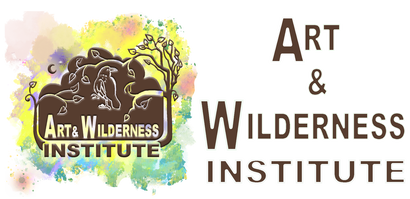|
Stinging nettle is a yummy wild edible plant. Have you ever tried it? If you like edamame, then you should try this plant. It taste like edamame. You only eat the leaf though, and I will tell you how to eat it right now.
Stinging nettle has little hairs, some are stinging hairs, and some are non-stinging hairs that appear mostly on the stem and top part of the leaf. To eat the leaf, you pick it by pinching the bottom of the leaf and folding it into a taco shape. Then, you fold the leaf into a little packet and put it in your mouth. Your saliva breaks down the hairs so it doesn’t sting you when you chew it. And that’s how you eat stinging nettle. Now that you know how to eat it, here are some things you can learn about stinging nettle. Stinging nettle is found in riparian habitats. A riparian habitat is an area next to water. Stinging nettle grows 3-7 ft tall, and the leaves are usually between 1-5 inches long. It has small greenish flowers that are really pretty, and jagged edges that look like teeth. Now, I hope you learned something about stinging nettle today, and I hope you will come back for more! By: Asiya Rizvi Age 12 Photo: Sama Wareh
0 Comments
Dear Reader,
I know you must be wondering why I am talking about bearded dragons, of all things to talk about. Well, I think Bearded Dragons are super cool. Did you know that an average Bearded Dragon grows 16 to 22 inches in length?! And their tails are HALF the size of their body?? Pretty cool, right? Now, how much do you like Bearded Dragons? Well if you like them now you’re going to like them a lot more by the time this article is done. Well, I bet you didn’t know that they are able to enlarge their throats and flatten their body when being threatened or attacked. They can also live up to 10 years and usually reach maturity between 8 to 12 months of age. Now, how much do you like Bearded Dragons? Did you know that Bearded dragons are omnivores? Which means that it has both a plant and animal based diet. It will usually eat insects, small rodents, lizards, and leafy plants. Oh, and you would probably like to know where they are native to as well. I’ll tell you right now, Bearded Dragons are native to…….. drum roll please… AUSTRALIA. Ta-da! Well, that’s all I got for you right now, see ya soon. p.s. I’ve heard that they make great pets!! By: Sumaya Zayed Age 11 Cathartes aura is a really amazing animal.
Should I tell you why? It is a Turkey Vulture. You might be wondering what does this name have to do with the Turkey Vulture? Well, Cathartes aura is its scientific name! They also have a redhead which is barely to be seen, so don’t worry if you can’t spot it. Also, the Turkey Vulture defends itself by vomiting. Their wingspan is around 6 feet and they are native to North America. Do you know why these birds are bald? This is so that bits of carrion (dead meat) do not adhere to the skin as they would to feathers. The Turkey Vultures do not kill, they only try to find dead food. It’s like the eagle does the job, and the Turkey Vulture gets the meal. Did I forget to tell you that they do not nest, they lay their eggs on the ground directly! They live up to 20 years old. People sometimes make a mistake and say that the Turkey Vulture is called a buzzard but they are not. Have a good time with the turkeys! By: Ali Helmy Age 11 Art and Photo by: Sama Wareh Have you ever heard of a Black Phoebe? Have you ever seen one? Well, in case you haven’t Black Phoebes are insectivores, flycatchers. Their colors are black and white. Their stomachs are white, while the rest of their body is black. Black Phoebes make their nests on walls, overhangs, cliffs, and even bridges! They build cup shaped nests. Often, they sit on low branches or posts, because they like to fly to another low perch, so that then on the way back they can catch insects to give to their young.
I hope you learned about Black Phoebes from this article and if you want to learn more about birds, animals, and plants, you have to wait for another article. By: Ilyas Rizvi Age 10 Photo by: Sama Wareh |
AuthorThe Art & Wilderness Institute Journalism Team are individuals who appreciate the world we live in and love to explore the myriad connections of all things in the world around us. We love to highlight the beautiful things we see in nature and to help others find ways to live with more connections to the outdoor world and the way it benefits us all. Archives
April 2021
Categories |
|
|
Art and Wilderness Institute LLC
[email protected] (909) 206-2226 |

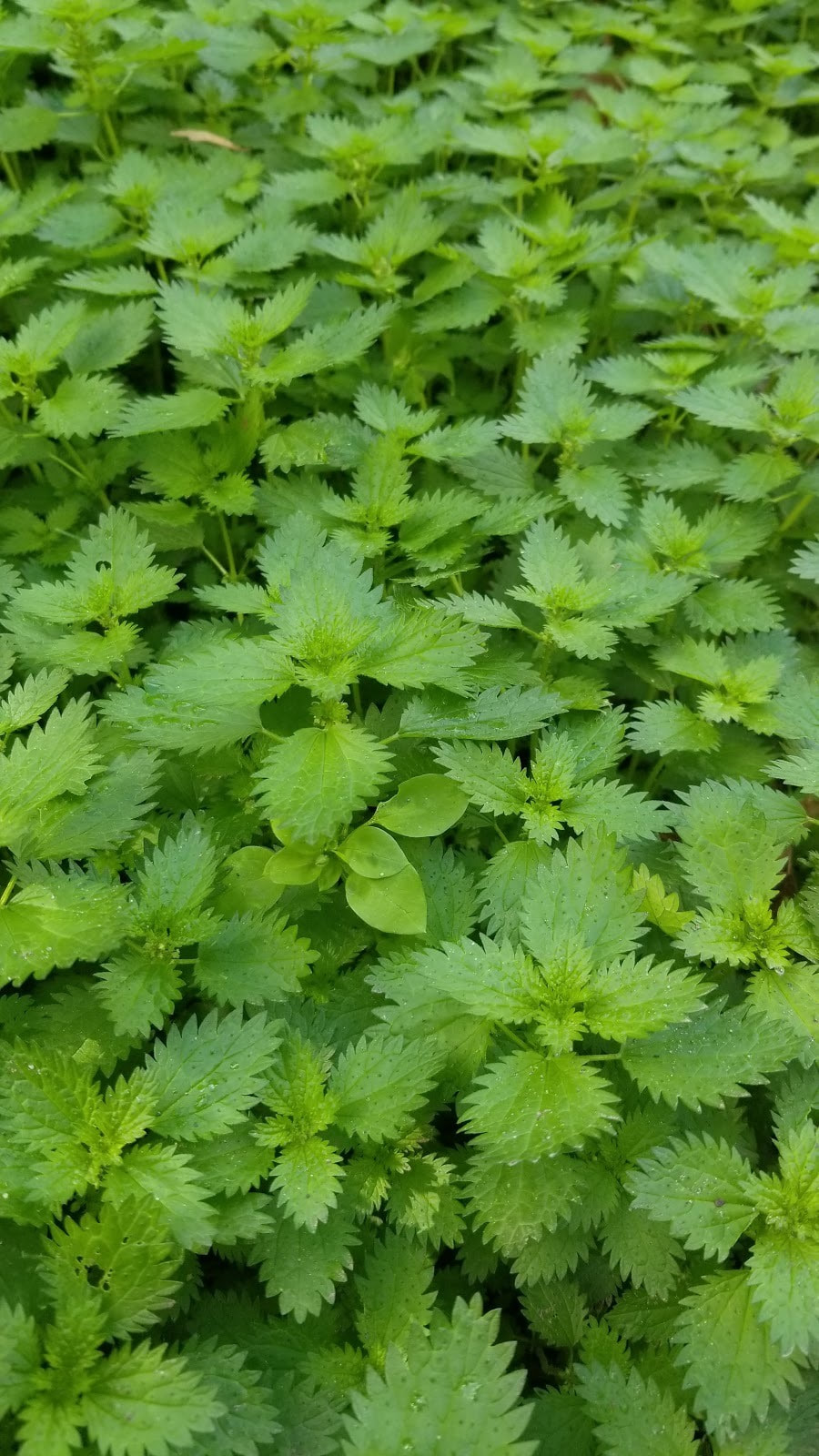
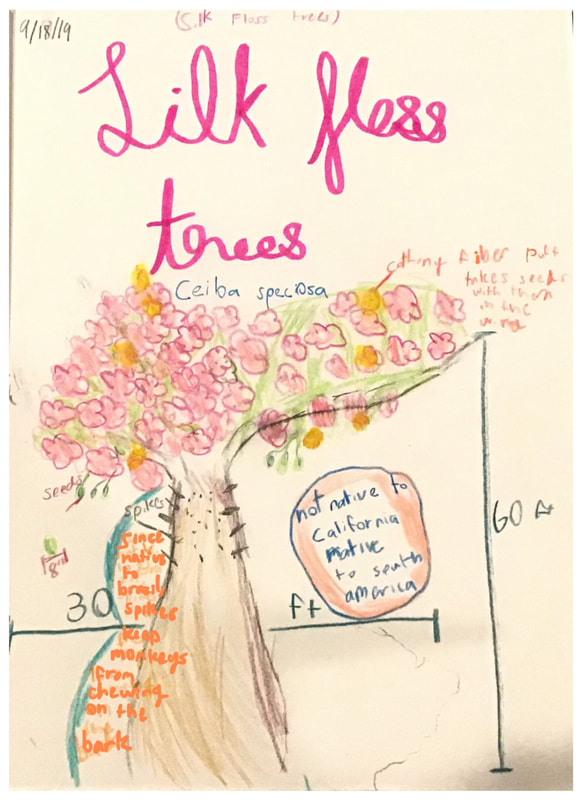
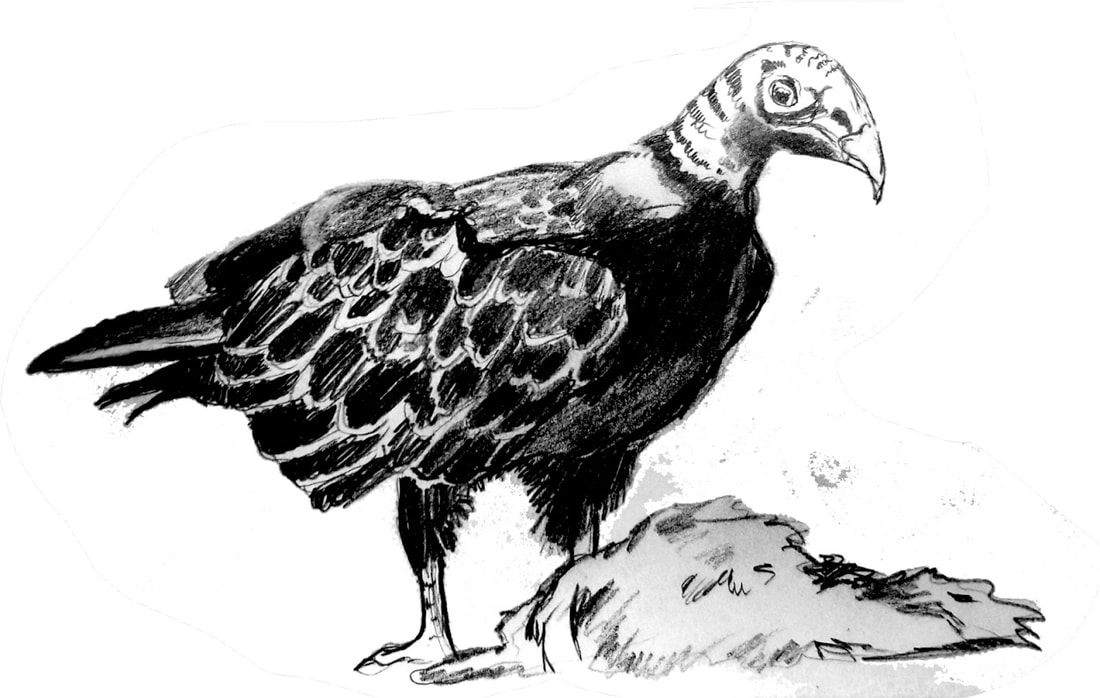
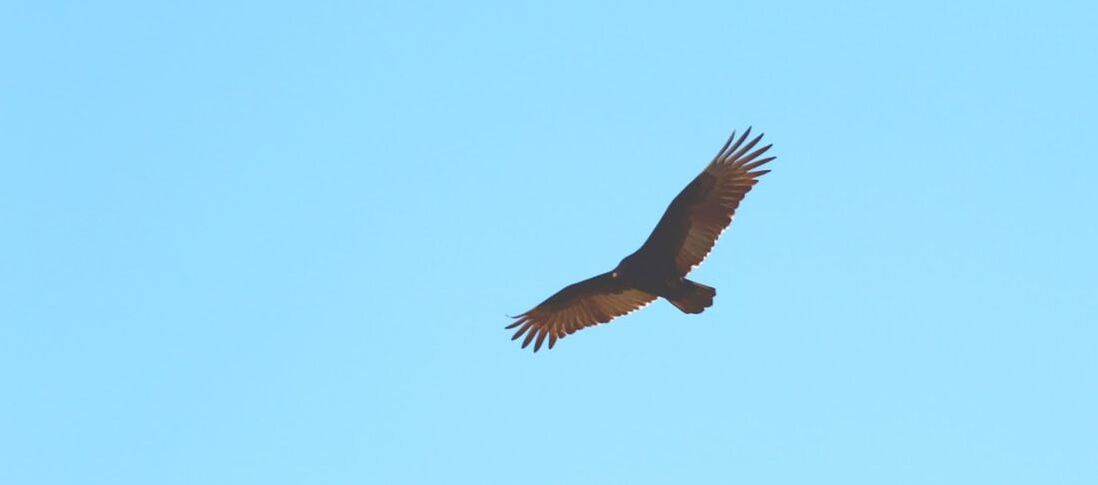

 RSS Feed
RSS Feed
